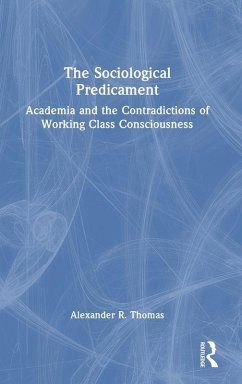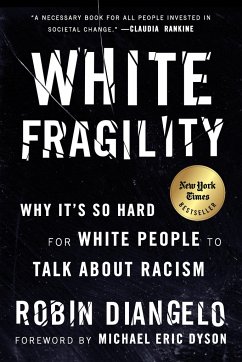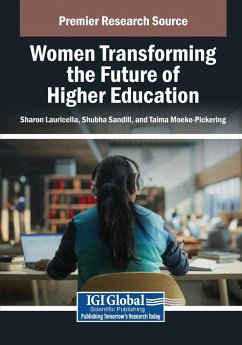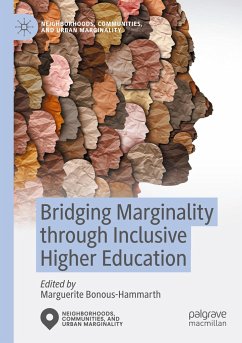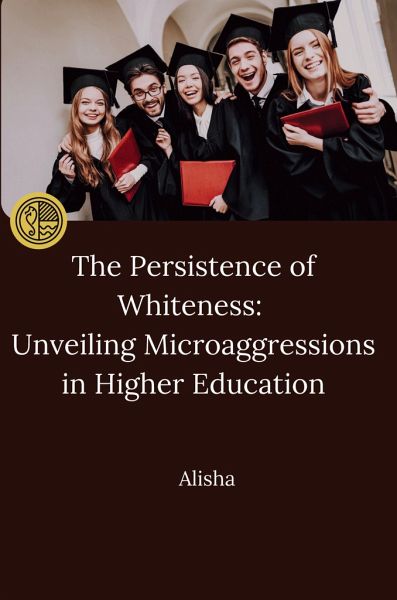
The Persistence of Whiteness: Unveiling Microaggressions in Higher Education
Versandkostenfrei!
Versandfertig in 6-10 Tagen
27,10 €
inkl. MwSt.

PAYBACK Punkte
0 °P sammeln!
This structural approach to race avoids essence - paying attention rather to how bodies are socialised, constructed, perceived and treated rather than assuming an essential, homogenous nature to groups. Using the example of what is constructed as 'whites' to further explain this, it has been argued by writers such as Hartigan Jr (1997) that whites will for example take individual actions as informed by their habitus that collectively places them at the top of the racial hierarchy. Thus it is that a neighbourhood watch organisation may be predominantly white not necessarily because members have...
This structural approach to race avoids essence - paying attention rather to how bodies are socialised, constructed, perceived and treated rather than assuming an essential, homogenous nature to groups. Using the example of what is constructed as 'whites' to further explain this, it has been argued by writers such as Hartigan Jr (1997) that whites will for example take individual actions as informed by their habitus that collectively places them at the top of the racial hierarchy. Thus it is that a neighbourhood watch organisation may be predominantly white not necessarily because members have consciously set out to be racially discriminatory or prejudiced (Lewis, 2004). Rather their racial habitus combined with their capital, historically informed, has led to the individuals making choices that collectively place them at the same schools, bars, neighbourhoods and so on to the exclusion of others (Lewis, 2004). This structural approach to race then - specifically whiteness - means that the reproduction of social relations also need not be consciously done (Lewis, 2004; Swartz, 1997). Such an approach also argues that different contexts provide different opportunities for those who have the requisite habitus and capital valued in a place. Thus, in the example provided above about the neighbourhood watch, there may be a few black people who have acquired some elements valued in whiteness such as wealth, social and cultural capital to be part of the neighbourhood watch. These blacks may be considered white in the sense that they have some aspects of whiteness valued in neighbourhood context as argued by Twine (1997), whose work is further discussed in chapter three. However, this does not preclude feeling alienated and excluded by these self-same blacks when those who are white claim more social goods on the basis of being phenotypically white. Whiteness - like blackness is thus not a zero-sum game but rather a game of gradations as discussed further in chapter three, and as this book ultimately argues.








